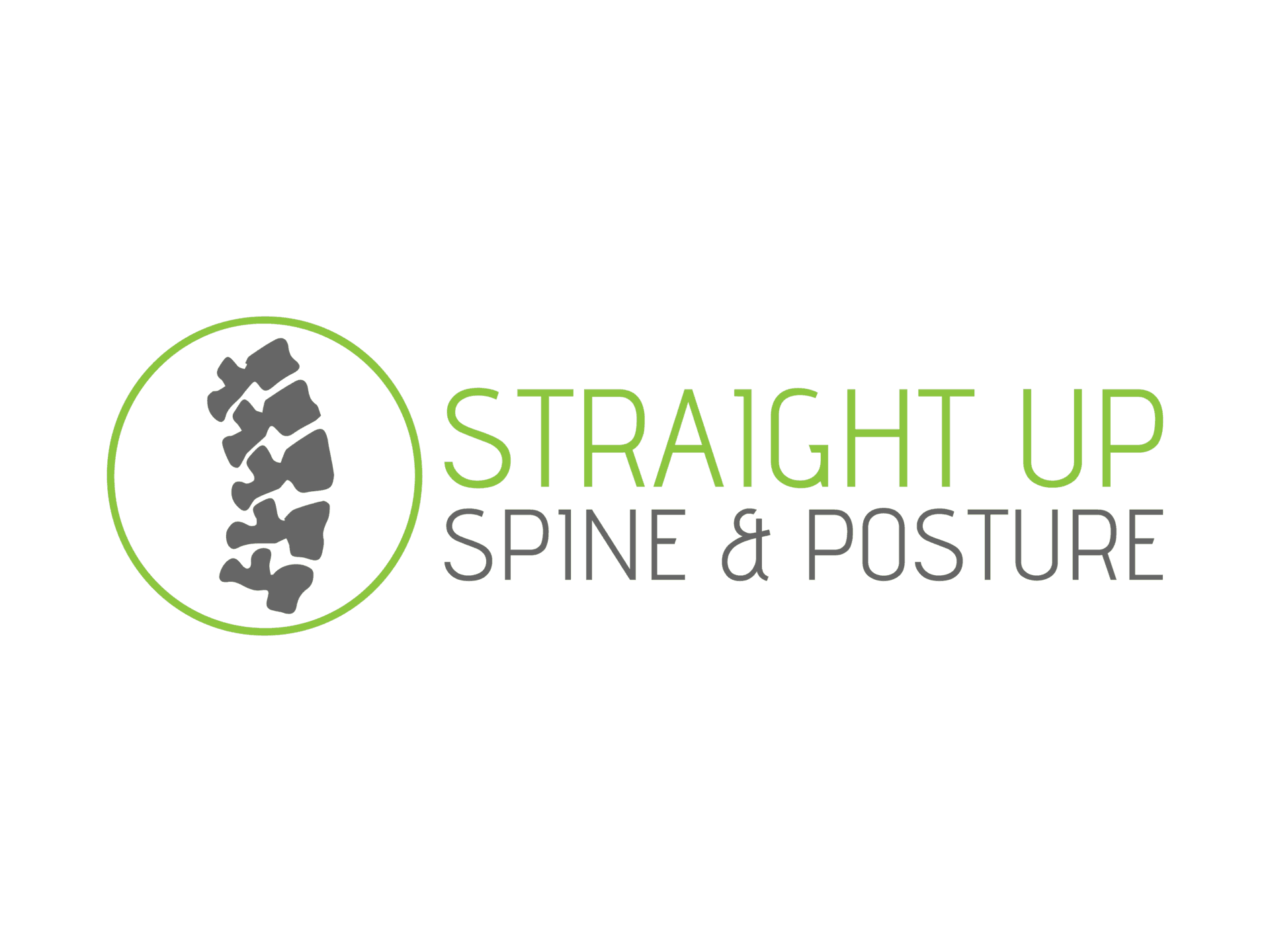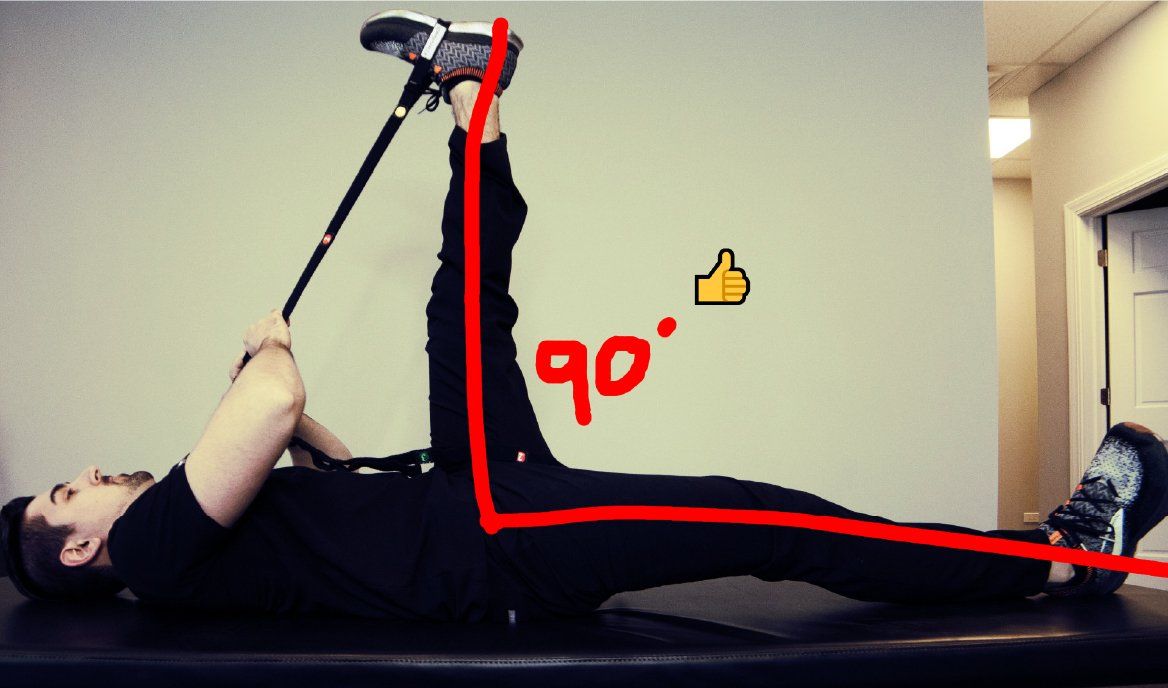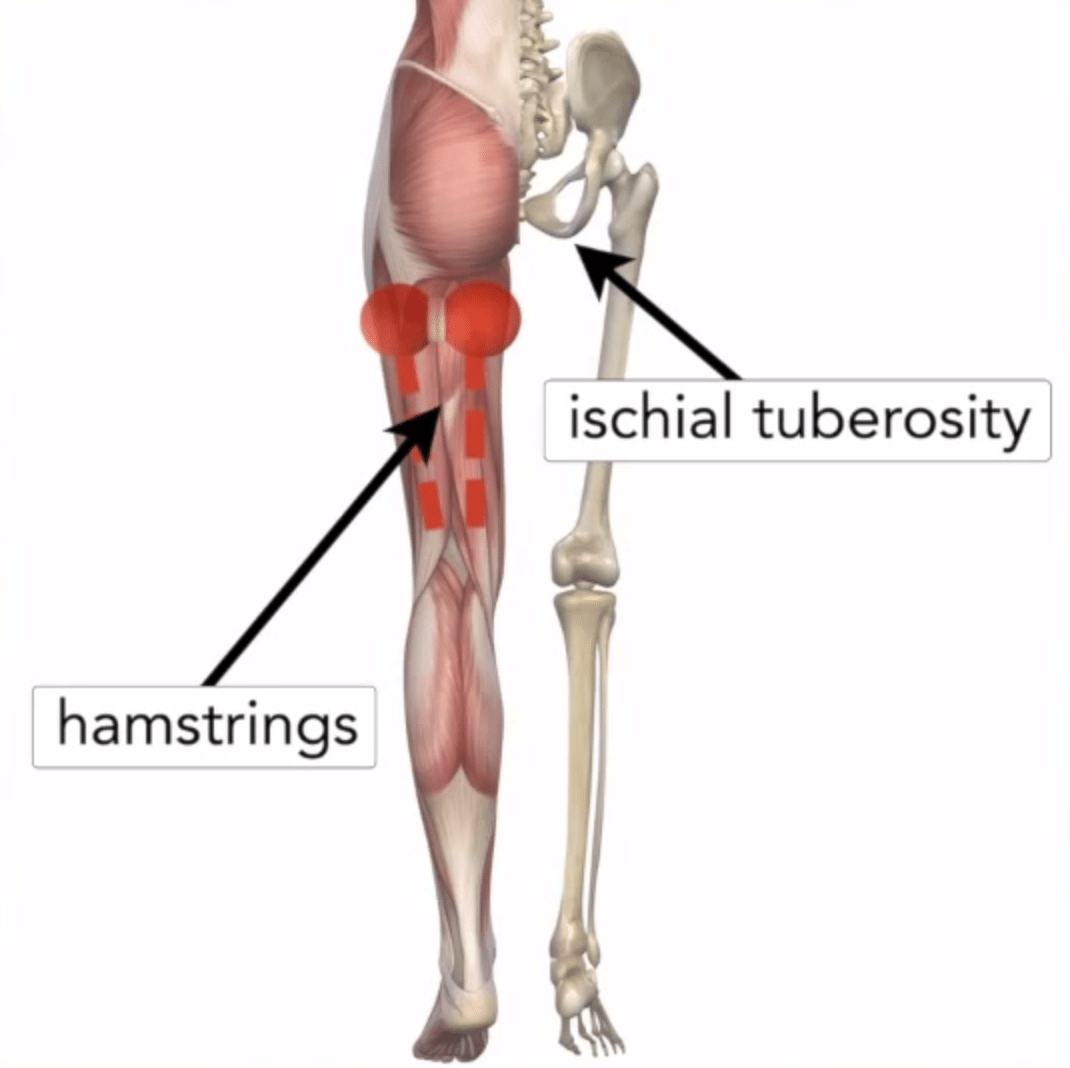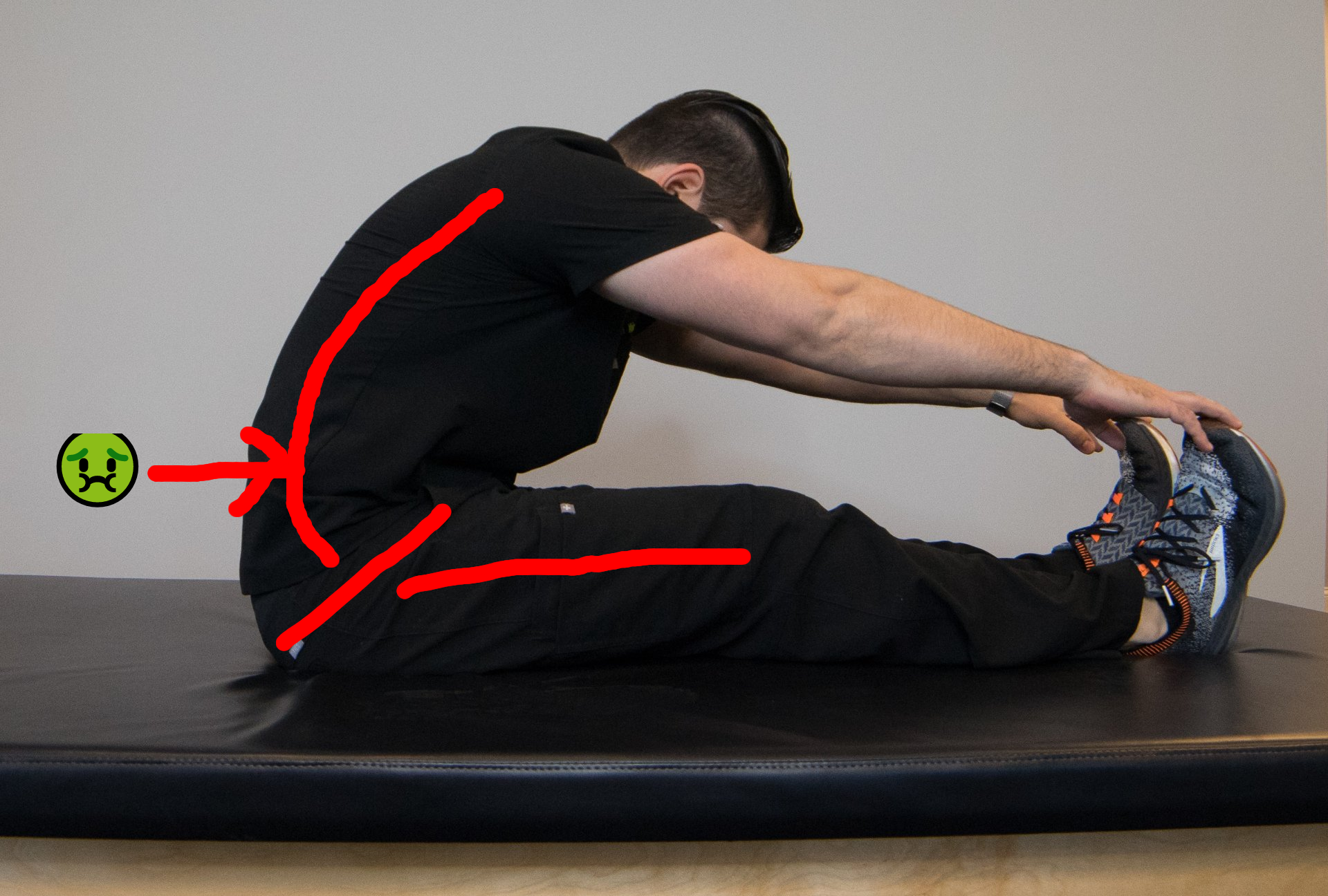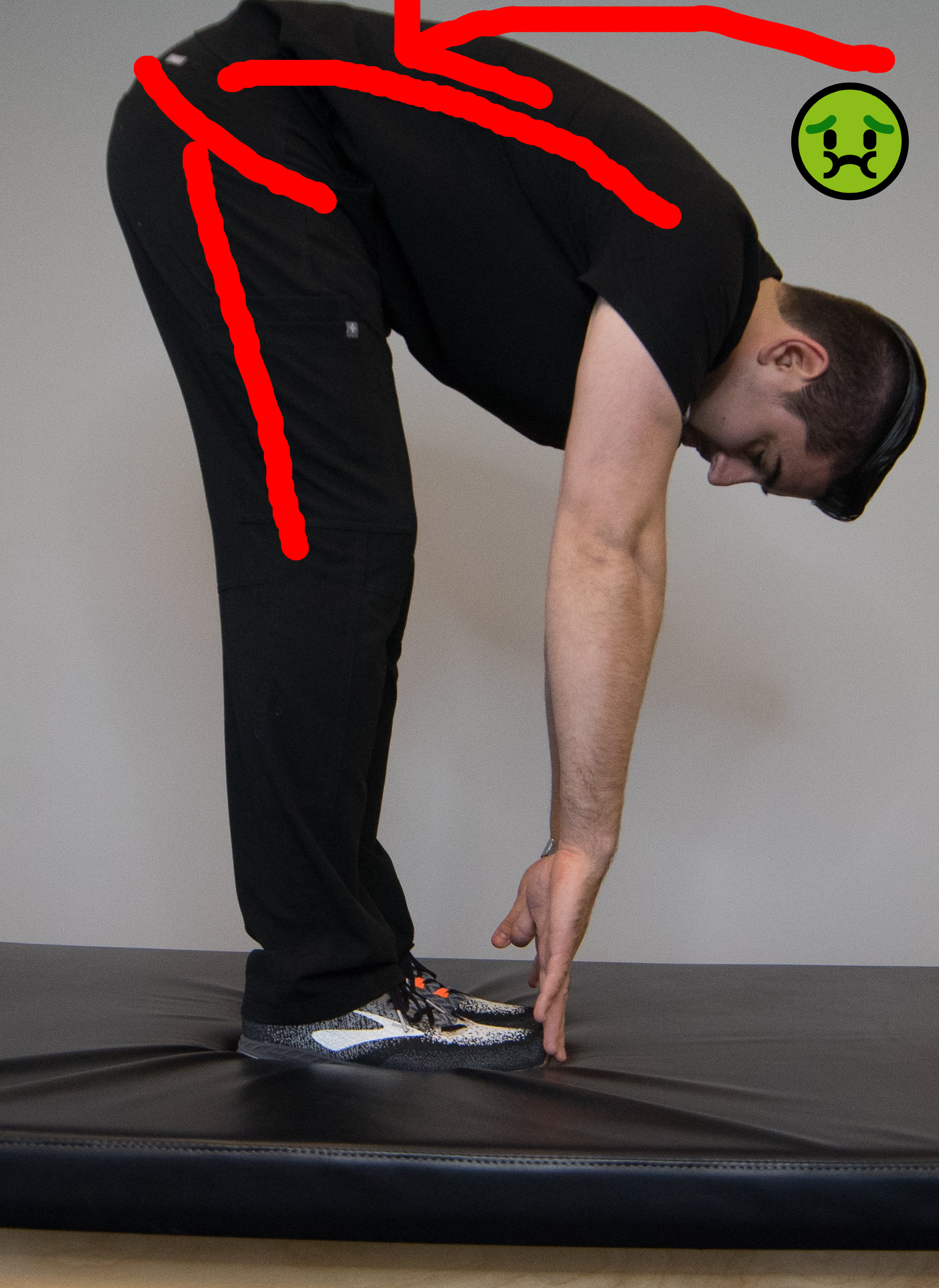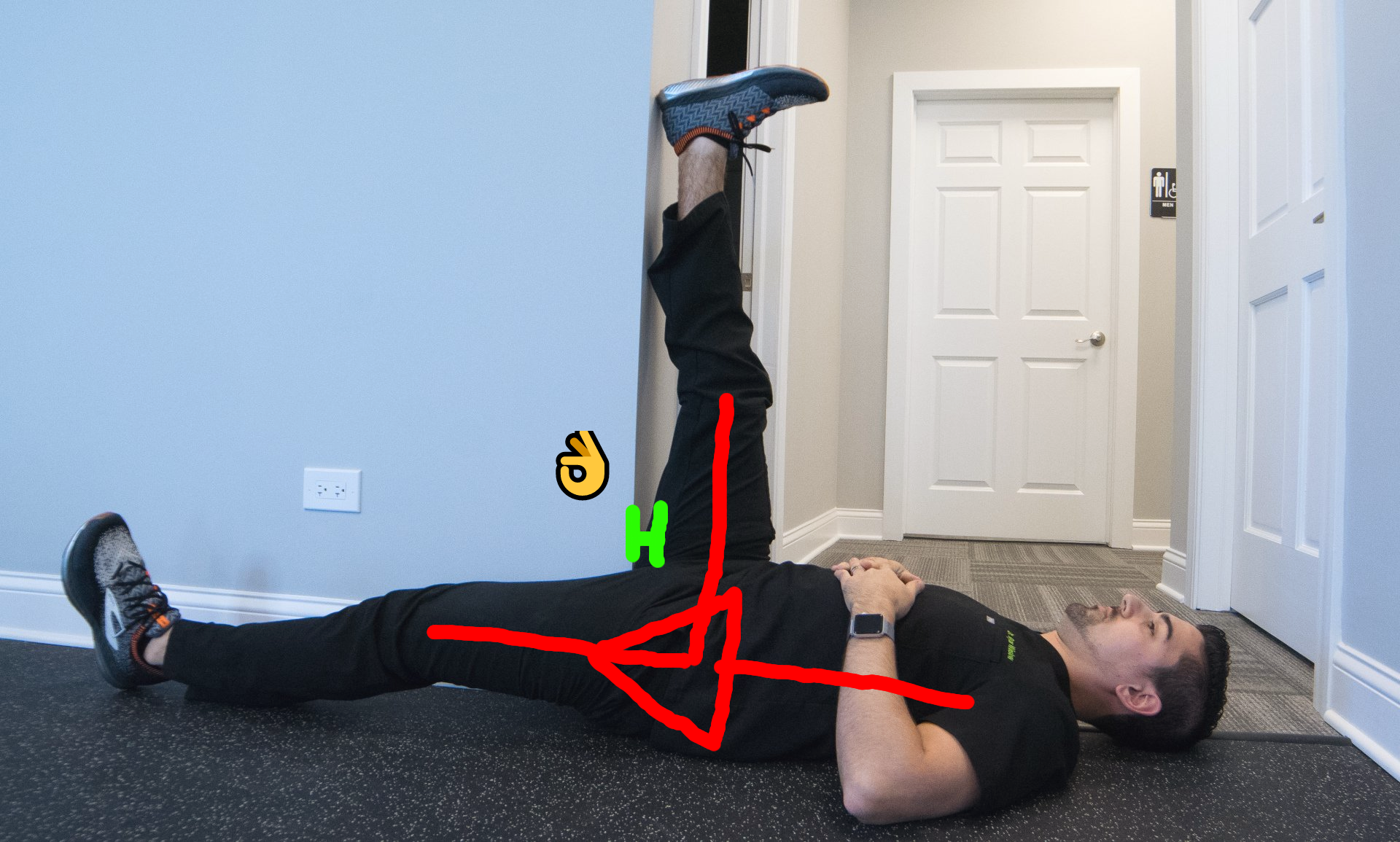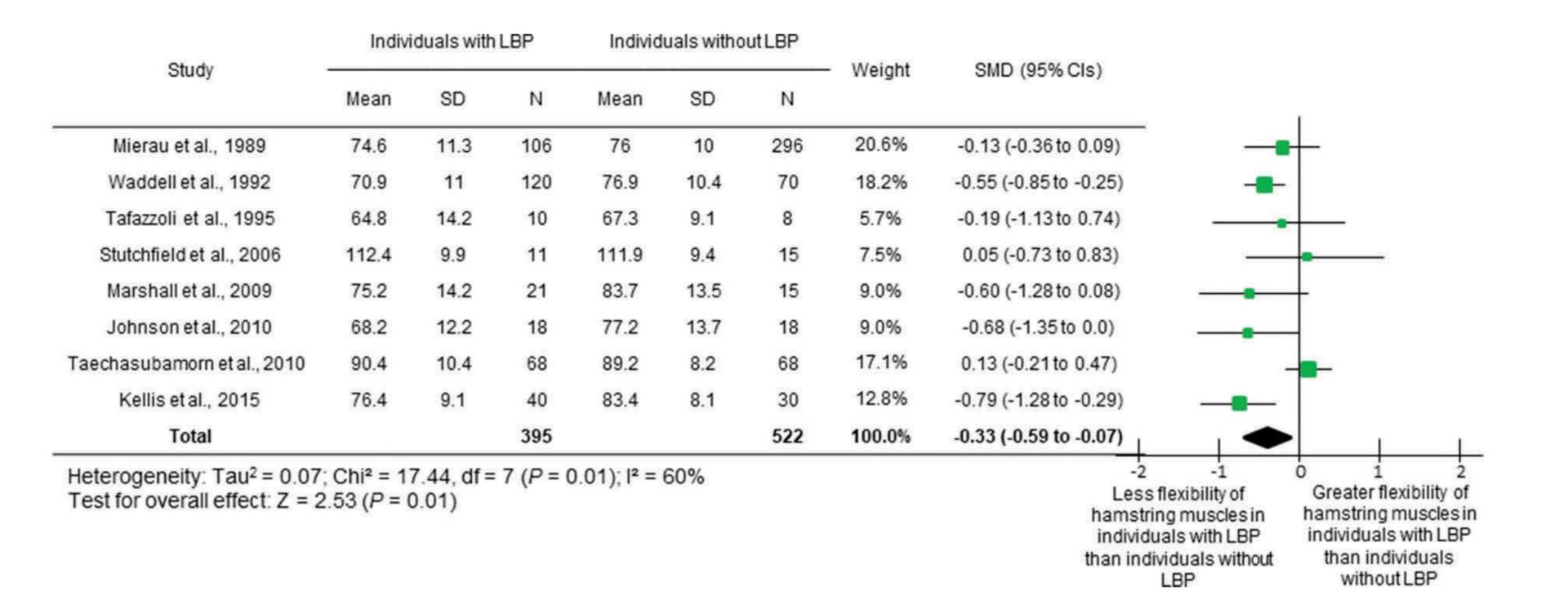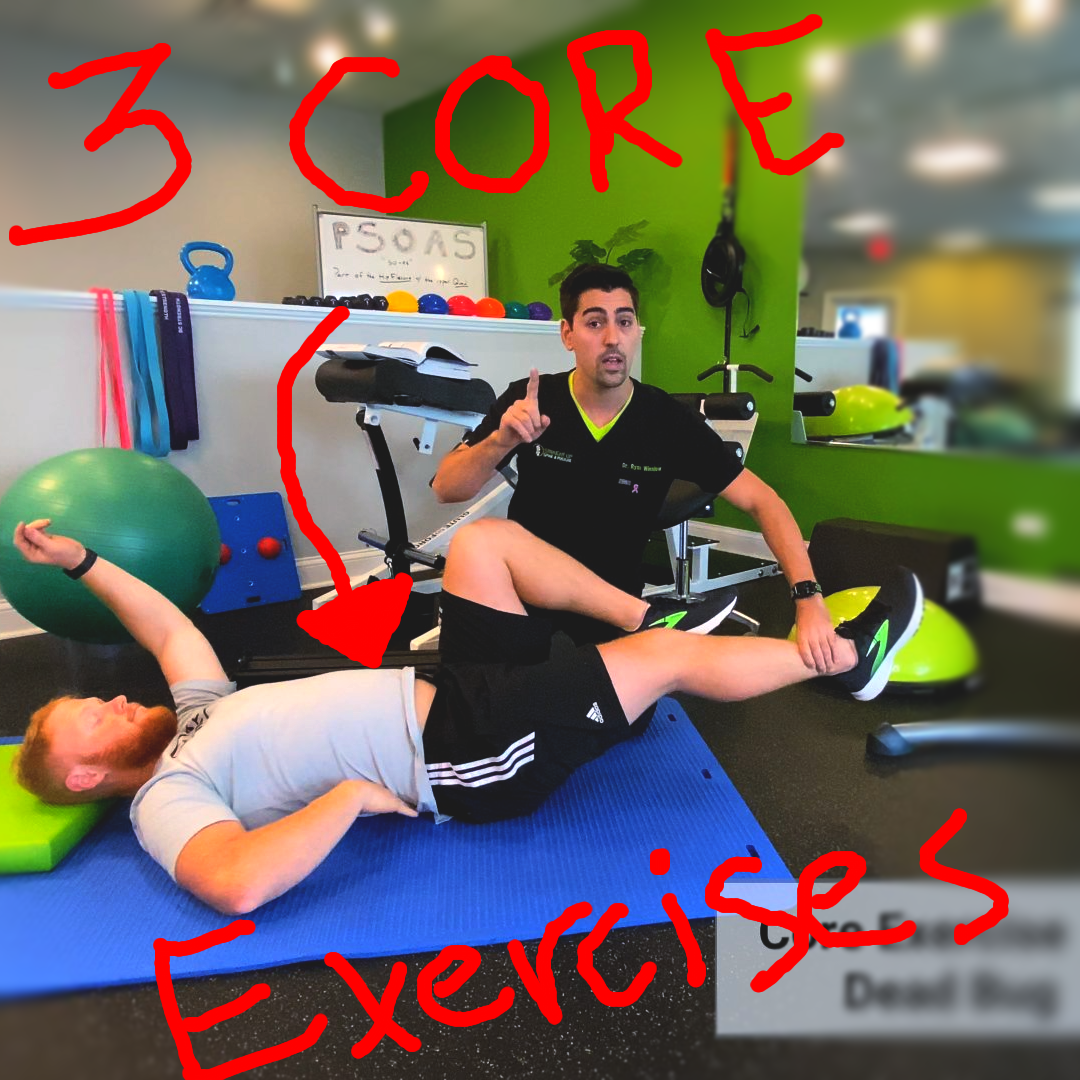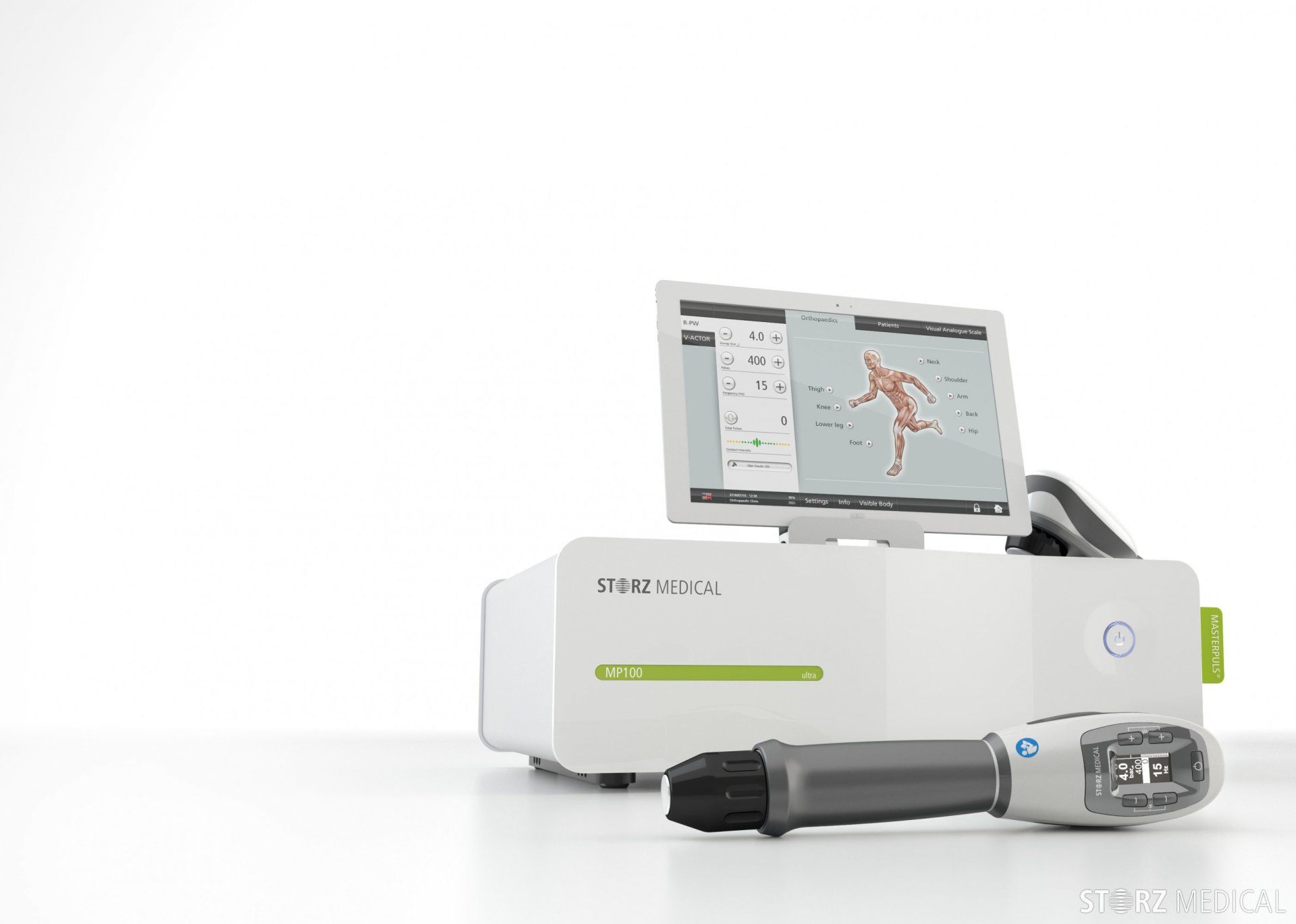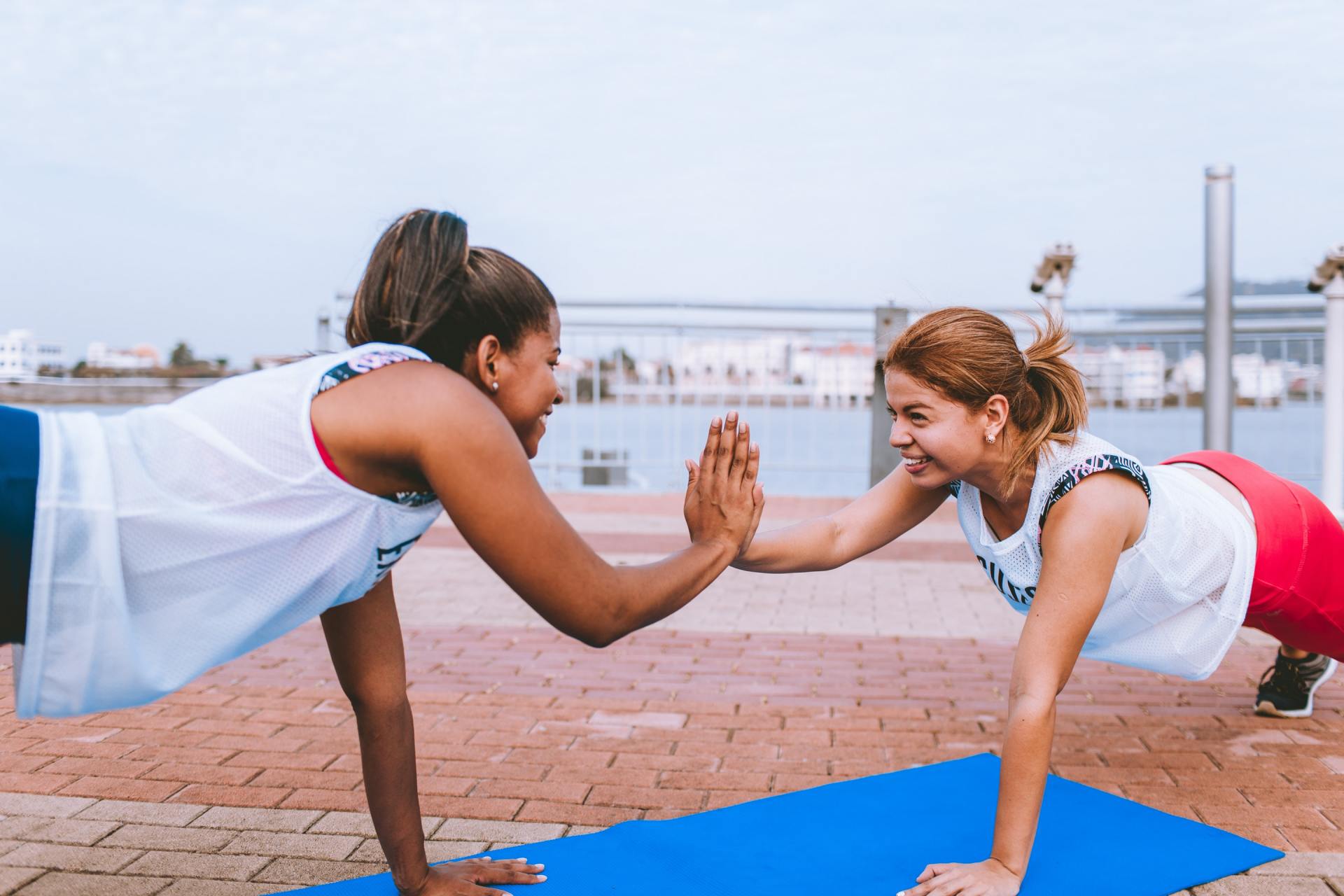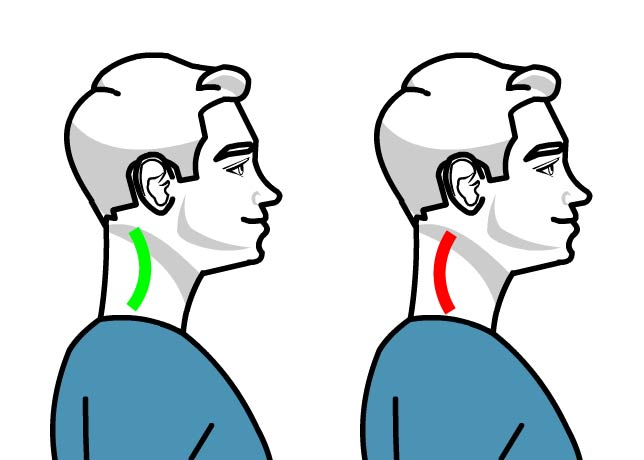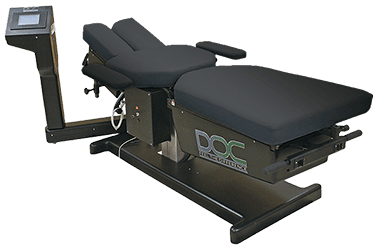Poor Hamstring Flexibility is Associated with Low Back Pain. Protect Your Back by Learning Safe Hamstring Stretches.
Safe hamstring stretches allow for a deep stretch without putting excessive stress on the low back.
Why are tight hamstrings bad for your back?
To start, let's discuss why hamstrings are a problem in the first place. Simply put, tight hamstrings limit your hip mobility and force that movement into your spine. The spine wasn't designed to handle this type of movement and it will cause damage to the little ligaments and muscles that are supposed to hold your spine in place which leads to pain, joint damage, disc disease, and flattens the natural curve of the low back. The ball-and-socket joint of the hips is designed to move and a lack of movement in the hips leads to hip problems. So stretching the hamstrings is a win-win because it helps to build hip flexibility (a good thing) and limit excessive low back movement (a bad thing).
Bad stretches? How can a stretch be bad?
Bad stretches are going to increase the stress on a damaged area of the body which may lead to further irritation. Bad hamstring stretches can potentially irritate the low back by causing excessive lumbar flexion, which is a curve of the back is rounded. Most low back injuries come from excessive lumbar flexion (slouching) or a compression during flexion (a poor lift). The term "lift with your legs" really means "don't lift with lumbar flexion". A flexed spine is a vulnerable spine. So placing your spine at risk while trying to stretch your hamstrings doesn't make much sense. We can do better anyways!
Take a look at the two pictures below. You'll see that people with tight hamstrings (like me!) tend to have a tough time touching their toes and will tend to round their back if they really try to force that movement. This is harsh on the joints of the back and the disc as well. The last thing you'd want to do with a disc injury is repetitively hold the spine in a rounded position and then force it forward. You could call the sit-and-reach stretch (left) or the toe-touch (right) stretches low back stretches rather than hamstring stretches.
What's the difference between a good and bad stretch?
Bad stretches put stress on damaged areas and
don't
focus the stretch where we want it to go. Good stretches will support injured areas while focusing the stretch where we
do want it to be. So good hamstring stretches will stretch the hamstring without putting the back into a rounded position. I've shown two good varieties of stretches below. Both of these stretches are performed while lying on your back. This helps keep the spine in a "neutral" position and also allows you to relax and hold the stretch for a little bit longer. Both of these stretches are performed one leg at a time which helps you stretch one side more than the other. I frequently see cases where one hamstring is significantly tighter than the other. Stretching one leg at a time allows you to spend more time on the tighter side to help balance out the pelvis.
Now let's talk about our good stretches and how they work!
The wall stretch is the best hamstring stretch.
In the two pictures above I've shown the basics of a stretch I call the "wall stretch" or "door frame stretch". This stretch is great because you can relax your upper body and spine and focus the stretch into the hamstrings one at a time. This also allows you to rotate or tilt your leg to keep things comfortable at the hip and also allows you to control your ankle to keep excessive stretch out of the calf and off your sciatic nerve. Pro-tip: You can also ice your back while you stretch your hamstrings.
This stretch is pretty simple. You just lay on your back and pop your leg up on the wall. You want to keep a straight knee. Scoot your butt away from the wall until you can comfortably straighten your knee while you get a stretch in the hamstring muscles. Hold the stretch until you feel the knee start to relax and the hamstrings begin to release. Then scoot towards the wall to put tension back onto the hamstrings. Make sure the leg on the floor stays flat. Holding the leg on the floor flat will create a nice stretch on the muscles on the front of that leg which are important as well.
You might be shocked at how far from the wall you may be when you start. If you have really tight hips and hamstrings you're not gonna stretch them out in a single session!! Take your time and don't overstretch by forcing it!! I recommend holding for up to two minutes per side before rotating to the other side. You can stretch each leg three times per session. We'll discuss things to avoid and red flags in the FAQ area at the bottom of this article.
To recap:
- Lay face up with one leg on the wall and one leg flat on the floor
- Scoot towards the wall until you have a good stretch
- Hold the stretch until you feel some relaxation and release, about 2 minutes
- Scoot towards the wall again until your leg is straight up the wall
- Rotate legs and stretch the other side
- Focus more on the tighter side if you notice one side is more tight
- Don't overstretch! Take is slow; these are huge strong muscles
Stretching with a strap is another good stretch
Using a stretching strap with a loop is a classic way to stretch the hamstrings. Here is a link to a cheap version on Amazon if you're interested:
Stretching Strap. You pretty much just follow the same routine as above. The strap will get you to the same place but it does place some stress on the upper back and shoulders and doesn't allow you to relax in the same way that the wall stretch does. Walls are also great because it helps you measure your progress by simply checking how far your butt is from the wall. This is a little bit harder with a strap.
I do like the strap stretch for several other reasons:
1: It allows for more active stretching which I'll discuss in a future article. Relying solely on external forces like a wall or a strap to stretch the hamstrings doesn't create proper movement patterns. A strap allows you to activate the muscles that create the movement by bringing the leg to a right angle with muscles. Most people need a helping hand to do this and the strap allows you to help yourself by activating some muscles while building more hip range of motion with the strap.
2: It creates a nice calf stretch which is helpful for some cases. In other cases this can be potentially irritating if someone has sciatica or a nerve root pinched by a disc.
The general technique would be the same as the wall stretch:
- Place the loop around the arch of your foot and pull until you have tension in the hamstrings
- Hold until you feel some release
- Make sure the leg on the ground stays flat
- Try to get you leg straight up in the air
- Hold for up to 2:00 per side and stretch each side three times
- Don't over stretch! Take is slow! Stretching will occur over time!
FAQs
Q: My back hurts when I bring one leg up but not the other...
A: You may be feeling a nerve being pinched by a disc in the low back. Try to gently stretch the affected leg, but don't push farther if you feel pain in the low back. The pinching sensation should reduce over time so keep stretching, but do it gently!
Q: I feel a sharp pain behind my knee when I try to straighten my leg...
A: Your calf muscles are probably super tight. Try stretching your calf muscles for a few minutes and then try these hamstring stretches again and see if you notice a difference.
Q: There is a crazy tight band of muscle on the inside of my leg that prevents me from straightening my leg or moving towards the wall...
A: Your adductor muscles are probably super tight. You can try a stretch like the goalie stretch to loosen them up and then try stretching again and see if you notice a difference.
Q: My leg gets tingly like it's falling asleep when I hold this stretch...
A: Be careful with this one. Something is putting excessive tension on the sciatic nerve or a disc injury is compressing the nerve root. Try stretching for shorter periods of time and rotate more frequently. Also try stretching your piriformis muscles before doing this stretch to see if that helps. If you notice a persistent tingling sensation after performing this stretch discontinue and consult with a healthcare professional.
Q: I have a strong aching pain in the crease of my groin when I perform this stretch...
A: You may have a bony restriction to the ball-and-socket hip joint due to degeneration or a bony block like FAI/CAM/Pincer. Some people don't have the right hip socket shape to allow for a proper range of motion. This is an advanced issue that will usually require further analysis or advanced imaging to confirm. Your healthcare professional will be able to help you with this.
Q: I have a sharp burning sensation in my hamstring when I perform this stretch...
A: You may have an injury to the hamstring muscle itself. Discontinue stretching and talk to your healthcare professional about this issue before continuing with further stretching.
What does research have to say about hamstrings and low back pain?
Research is fairly varied on this subject due to a number of technical factors. Hamstrings don't work in isolation, so there are a number of factors at play when considering hip flexibility. Namely calf tension, ankle/knee/hip biomechanics, neurological tension, pelvic morphology, core stability, and lumbar spinal range of motion. The body is a complex thing and back injuries don't generally happen due to one specific thing.
Keeping that in mind, there are a ton of studies that examine whether low back pain patients have less flexibility of their hamstrings. The general answer is yes, low back pain patients tend to have reduced hamstring flexibility. Other studies have found that low back pain patients have similar hip mobility to people without low back pain, but they are much more sensitive to stretching of the hamstrings. This is one of the reasons that conditioning your body to hip flexion and hamstring mobility helps you move better. The technical term for a hamstring which stretches out, but does it slowly, is stiffness. There are studies which examine stiffness, but they don't agree due to the wide variety of testing protocols.
I've included a graph from one of the more recent studies on hamstring flexibility and low back pain. I've also linked to that article and another one by Stuart McGill that discusses the role of flexibility when evaluating low back pain and designing treatment programs.
